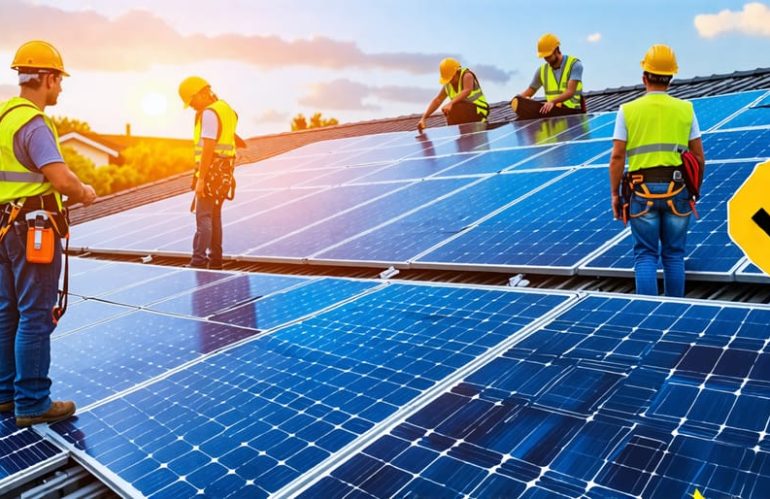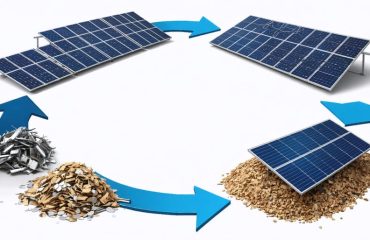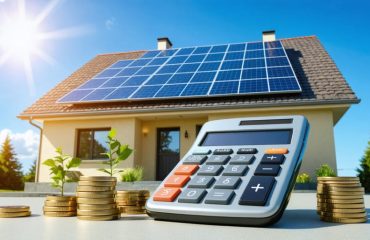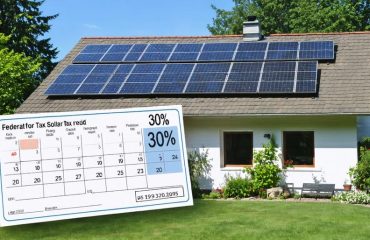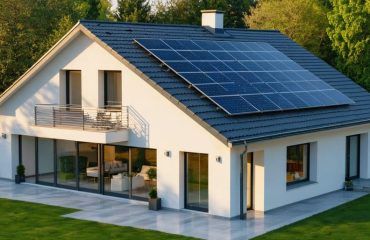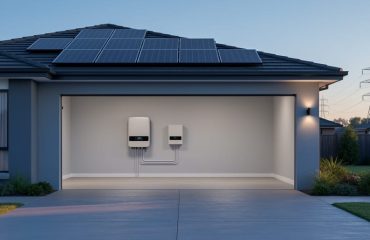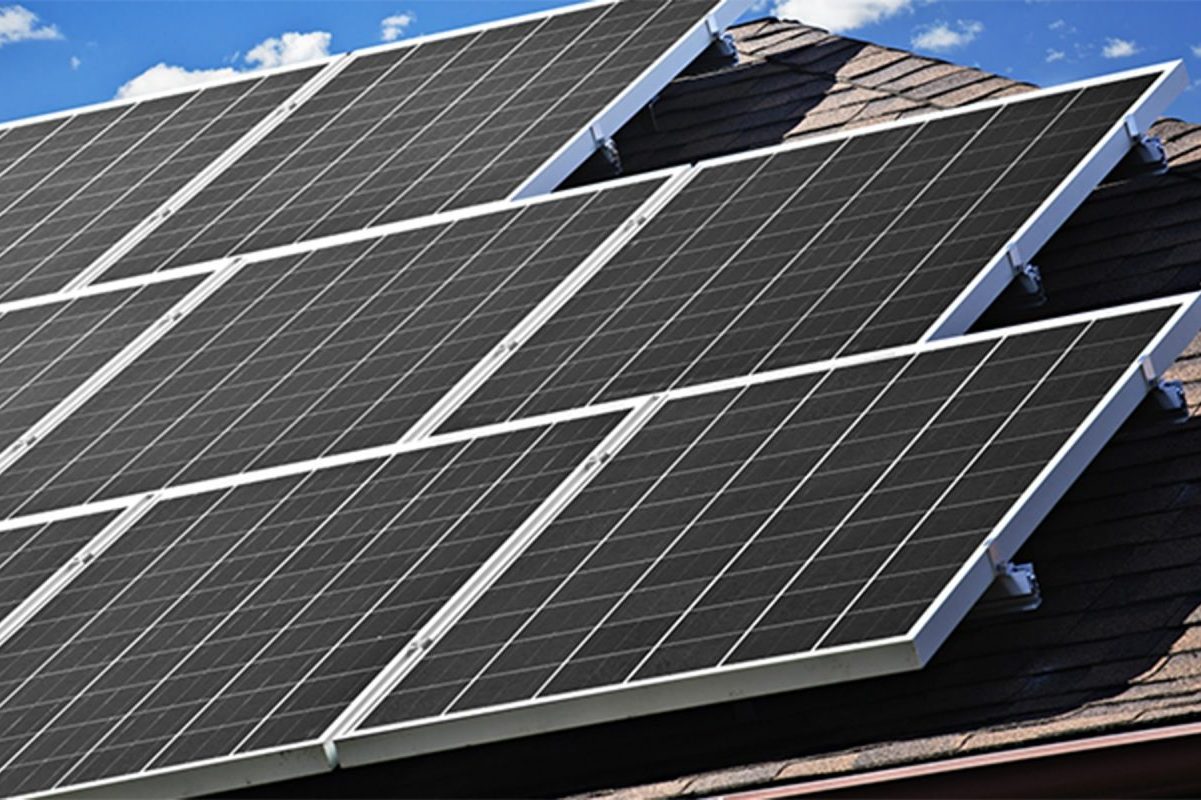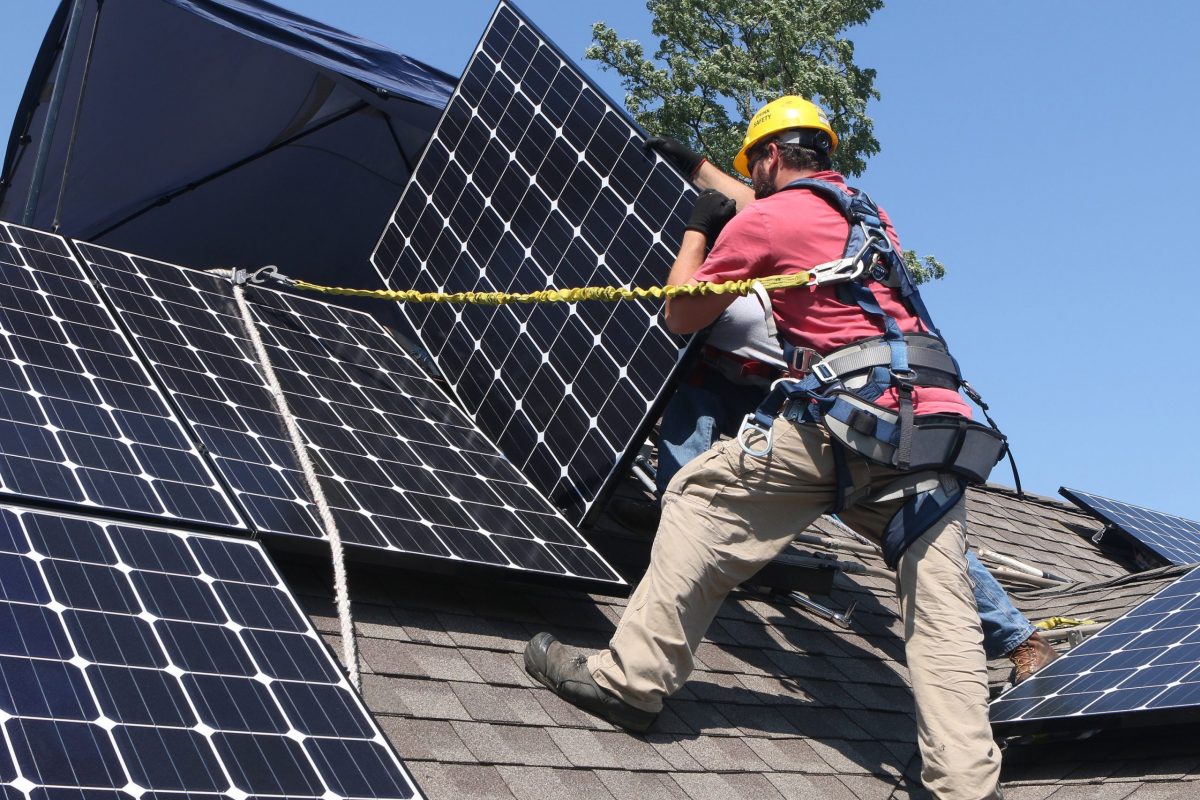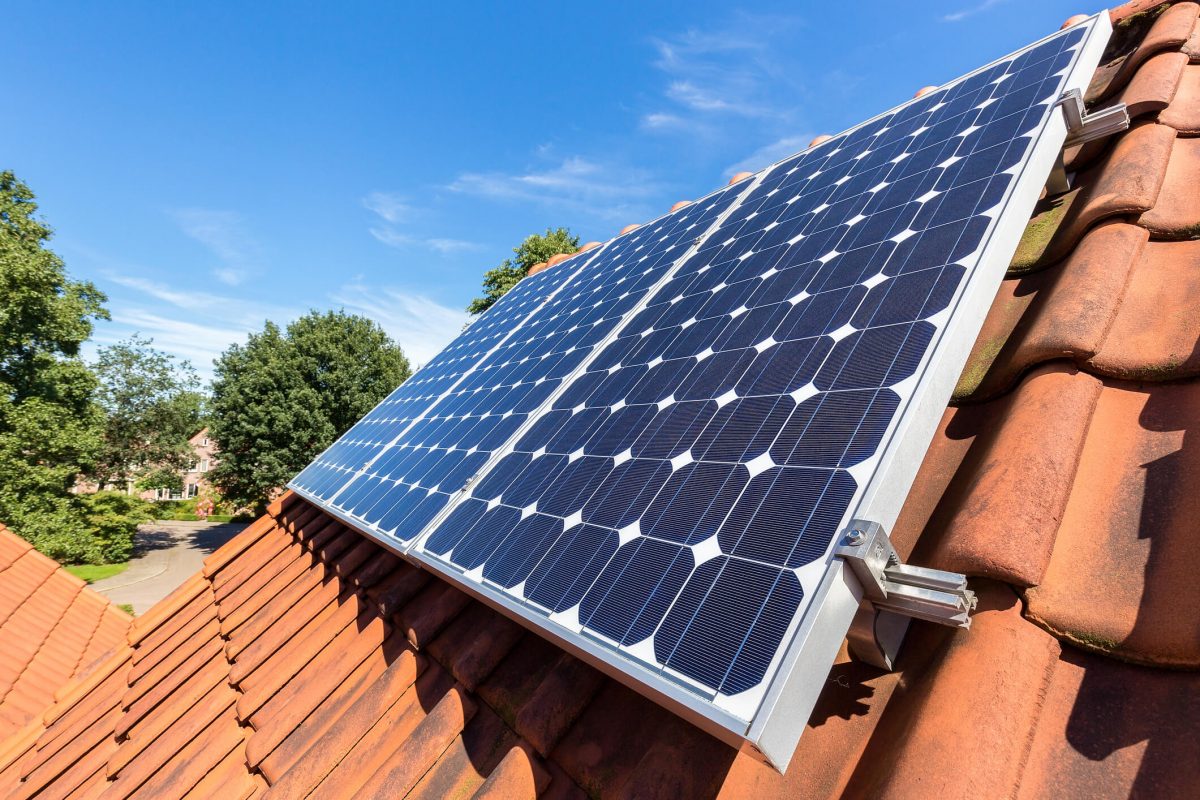Ensure compliance with OSHA by following these key steps for solar panel safety. First, thoroughly assess the worksite for potential fall hazards, using personal fall arrest systems where necessary. Second, verify all workers engaged in solar panel installation hold the required training and certification, boosting competency and confidence. Third, conduct routine equipment inspections to detect any defects or wear that may compromise safety. Lastly, educate homeowners on OSHA’s guidelines to debunk myths and highlight financial incentives tied to safety compliance, making solar energy a secure and cost-effective option.
Understanding OSHA’s Role in Solar Safety
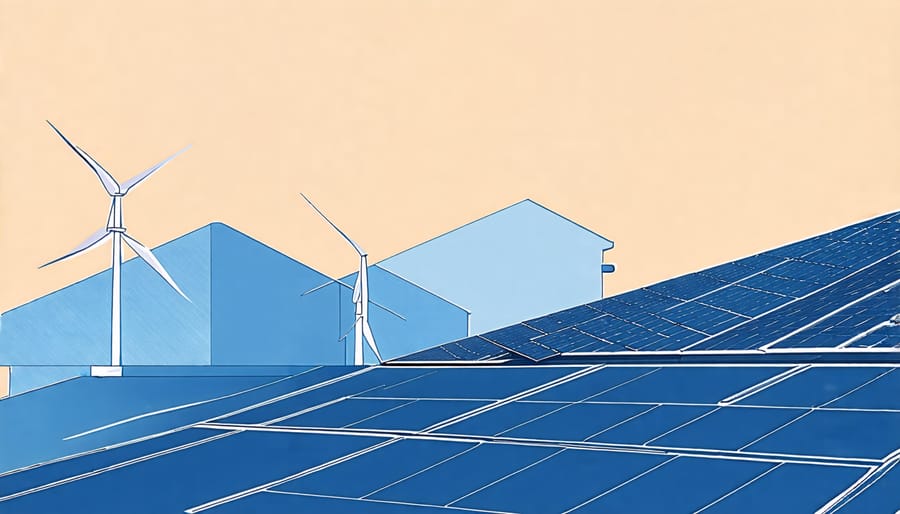
Who is OSHA?
The Occupational Safety and Health Administration (OSHA) is a vital U.S. government agency dedicated to ensuring safe and healthful working conditions. Established under the Occupational Safety and Health Act of 1970, OSHA’s mission is to set and enforce safety standards while providing necessary training, outreach, and education. This agency holds the authority to inspect workplaces, issue citations for non-compliance, and assist companies in understanding safety protocols, which is particularly crucial in the solar industry. By ensuring proper safety measures, OSHA protects workers involved in solar panel installations, ultimately supporting efforts towards sustainable and safe energy practices for everyone involved.
Key OSHA Regulations for Solar
The Occupational Safety and Health Administration (OSHA) plays a vital role in ensuring the safety of solar panel installations, making it a crucial element for anyone interested in sustainable energy solutions. OSHA regulations primarily focus on preventing falls, which are one of the most common hazards in solar panel work. These regulations require proper use of fall protection systems, like guardrails and harnesses, to ensure worker safety during installation. Another key emphasis is on electrical safety, including proper grounding and use of personal protective equipment, to protect workers from electrical shocks. OSHA also mandates thorough training for all solar installation workers, ensuring they are equipped with the knowledge to recognize and avoid potential hazards. For homeowners, these stringent regulations not only enhance workplace safety but also ensure a reliable and proficient solar panel installation. Understanding and complying with OSHA standards can ultimately contribute to reduced energy bills, making solar a financially savvy and environmentally responsible choice.
Common Solar Installation Hazards
Electrical Risks
Electrical risks are a significant concern when installing and maintaining solar panels, but understanding common hazards and their solutions can ease your mind. One major risk is electric shock, which can occur if circuits are not properly grounded or if workers come into contact with live wires. To mitigate this, solar systems use grounding and bonding techniques to provide a safe path for stray electrical currents. Additionally, OSHA regulations require the use of appropriate personal protective equipment (PPE) like insulated gloves and tools designed to handle live electrical components safely. Another concern is arc flashes, which are sudden releases of electrical energy that can cause fires or burns. By ensuring all equipment is properly installed, regularly maintained, and housed in weatherproof enclosures, these risks are substantially reduced. Compliance with OSHA standards not only improves safety but can also enhance the longevity and efficiency of your solar investment, translating into long-term savings and peace of mind for environmentally-savvy homeowners.
Fall and Injury Risks
Fall and injury risks are significant concerns during solar panel installations, but they can be effectively managed with the right precautions. Roof work inherently involves heights, which is why using safety harnesses and guardrails is crucial. These tools provide a primary line of defense against falls, ensuring that any work on elevated surfaces is as safe as possible. It’s also important to work with teams that are well-trained in OSHA safety standards, as these guidelines are designed specifically to minimize injury risks. Moreover, maintaining a clean and organized work area can prevent trips and slips, which are common causes of injury. Although these measures may seem like additional expenses, they ultimately protect both the installers and homeowners, offering peace of mind and potentially preventing costly accidents. By ensuring that safety protocols are followed, homeowners can enjoy the benefits of solar energy installation without unnecessary risk, making it a sound investment for both the planet and their home finances.
How OSHA Protects Solar Workers and Homeowners
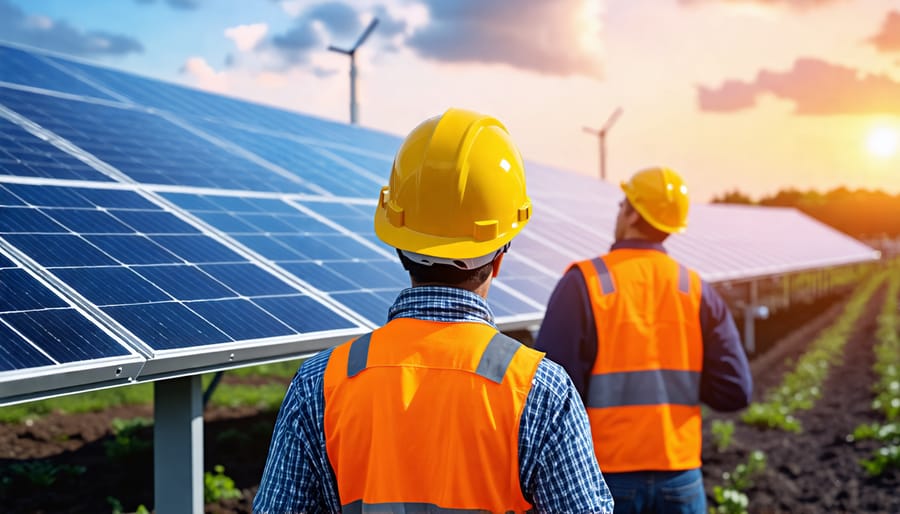
Safety Equipment Standards
When considering solar panel installations, understanding OSHA’s safety equipment standards is vital. OSHA mandates specific protective gear to ensure workers’ safety during installations, helping to prevent accidents and injuries. Key equipment includes harnesses and lanyards for fall protection, especially crucial for rooftop work. Hard hats, sturdy shoes, and gloves are essential to protect against electrical shocks and physical injuries. Additionally, eye and face protection shields from flying debris and harmful substances. These safety measures not only protect lives but also minimize potential delays and costs associated with workplace accidents, underscoring the financial and practical benefits of compliance.
Training and Certification
Proper training and certification are crucial for ensuring the safety of solar panel installers and the efficiency of the installation process. By adhering to OSHA standards, installers not only comply with essential safety regulations but also gain the skills needed to handle potential risks associated with solar installations. Well-trained professionals can effectively prevent workplace accidents, which can lead to costly repairs and potential harm. Additionally, certified installers can identify and mitigate hazards such as falls, electrical shocks, and crushing injuries, ensuring your rooftop solar system is installed with the utmost safety.
Investing in a certified installer guarantees that your solar panel system will be optimally positioned and securely mounted, maximizing its energy production and potential savings on electricity bills. Moreover, when your solar project complies with OSHA standards, it diminishes the likelihood of accidents, which could otherwise lead to increased costs and legal liabilities. Remember, a safe installation doesn’t just protect the workers—it safeguards your home, delivering peace of mind alongside your green energy solution.
Debunking Solar Safety Myths
Many people worry about the safety of solar installations, but several myths contribute to these concerns. Firstly, there’s a common misconception that solar panels can significantly increase the risk of home fires. In reality, the components used in solar systems are designed to meet stringent safety standards. Furthermore, professionals are trained and certified to handle installations, ensuring that systems are safely set up.
Another myth is that solar panels pose a danger during storms or strong winds. While it’s true that weather can impact any structure, solar panels are tested for durability and are made to withstand extreme conditions. Properly installed systems rarely face issues, and regular maintenance can prolong their effectiveness and safety. Additionally, some worry about the impact of solar panels on their roof’s integrity. However, solar installations can often boost home efficiency while having minimal influence on the roof when installed correctly.
Finally, there’s a fear that being near solar panels exposes individuals to harmful levels of electromagnetic radiation. The truth is, the electromagnetic fields generated by solar panels are low and far below established safety limits. Embracing solar energy not only supports sustainability but also offers financial benefits through energy savings and potential tax incentives, all without compromising safety.
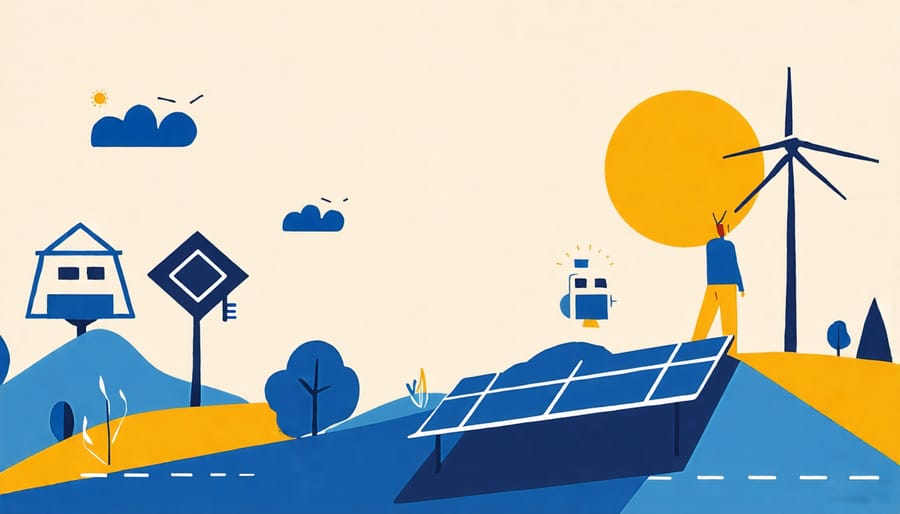
The Homeowner’s Role in Ensuring Solar Safety
As a homeowner, taking an active role in ensuring your solar installation meets safety standards isn’t just about following regulations—it’s about maximizing the benefits and peace of mind that come with renewable energy. First, work with reputable solar providers who prioritize OSHA compliance and have a robust track record. Don’t hesitate to ask for their credentials and any relevant safety certifications.
Next, perform regular inspections of your solar panel system. While professionals handle installations, you can conduct basic visual checks for any visible damage, like cracked panels or exposed wires. Early detection of issues can prevent potential hazards and save on costly repairs.
Moreover, familiarize yourself with your system’s components and their functionality. Understanding how your solar setup operates not only aids in keeping track of energy production but also helps spot irregularities that could indicate safety concerns.
Ensure proper maintenance by scheduling professional check-ups annually or as recommended. Regular cleaning of panels also contributes to efficiency and safety by removing accumulated debris or dirt.
Lastly, debunk myths surrounding solar safety by staying informed through trusted resources. Knowing that solar systems abide by rigorous safety and engineering standards can boost your confidence and inspire your family and neighbors to consider solar as a secure energy alternative.
Financial Benefits of Compliant Installations
Adhering to OSHA safety standards for solar panel installations can bring significant financial benefits to homeowners. By ensuring installations are compliant, homeowners can reduce the risk of accidents, which might otherwise result in costly repairs or medical expenses. Following these regulations helps in maintaining the longevity and efficiency of the solar panels, which leads to more savings on energy bills. Additionally, compliance can enhance property value, making your home more attractive to eco-conscious buyers. Meeting OSHA standards might also make homeowners eligible for certain insurance discounts, as safer installations are deemed less risky. To learn more about the financial benefits of compliant solar panel installations, consider it a wise decision to not only protect your investment but also contribute to a safer environment. Plus, staying up-to-date with safety standards debunks myths about high costs, revealing instead a scenario where safety equals savings.
Conclusion
Understanding OSHA solar safety regulations is crucial for homeowners looking to embrace sustainable energy solutions while ensuring safe installations. These guidelines not only protect against common hazards associated with solar panel installations but also help in maintaining optimal function and longevity of systems. By actively engaging with these safety measures, homeowners can debunk myths about solar energy being risky or hard to maintain, and fully enjoy the financial benefits, such as reduced energy bills. A commitment to safety ensures both peace of mind and a positive contribution to a cleaner environment, empowering individuals to make informed, eco-friendly choices.

